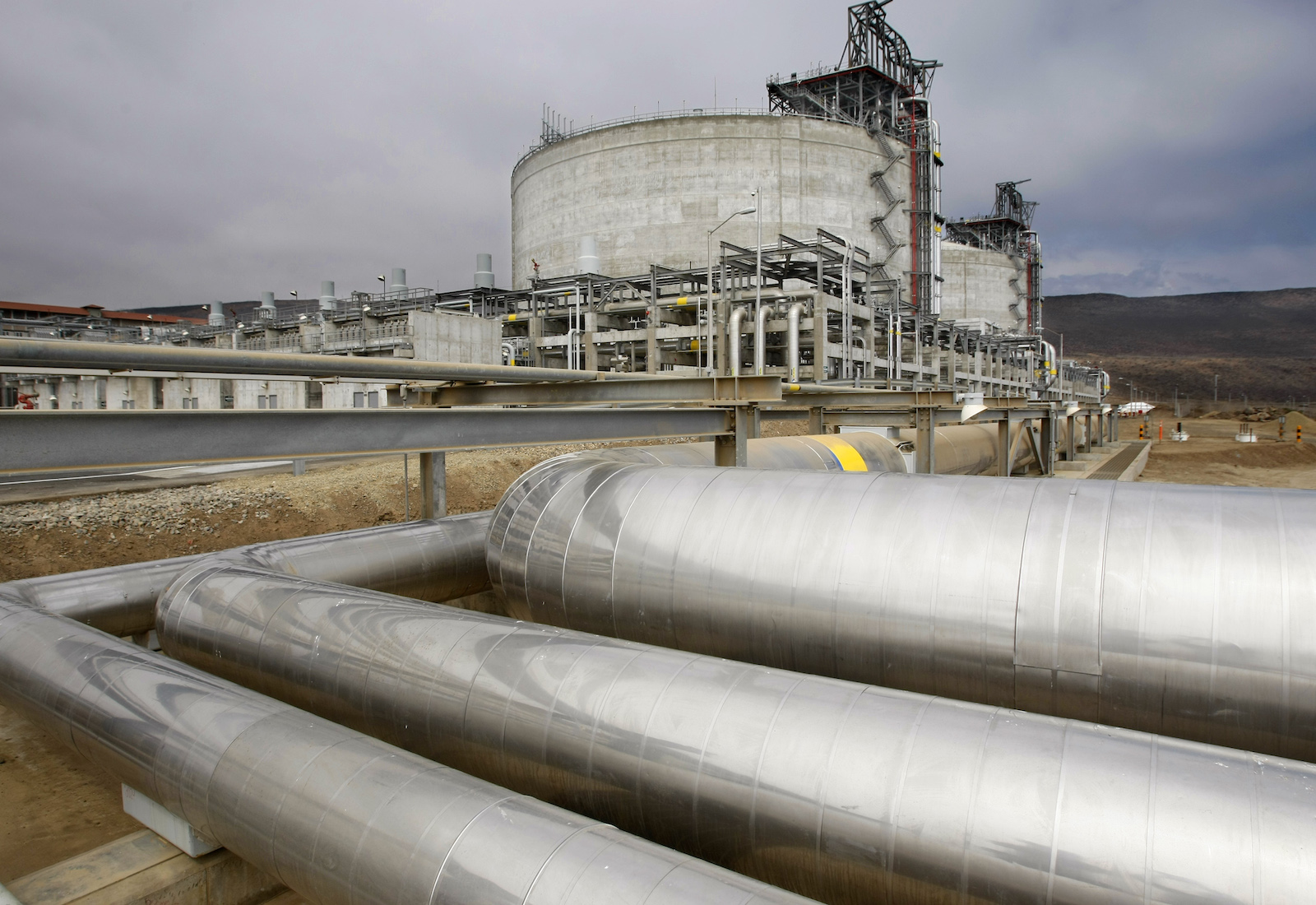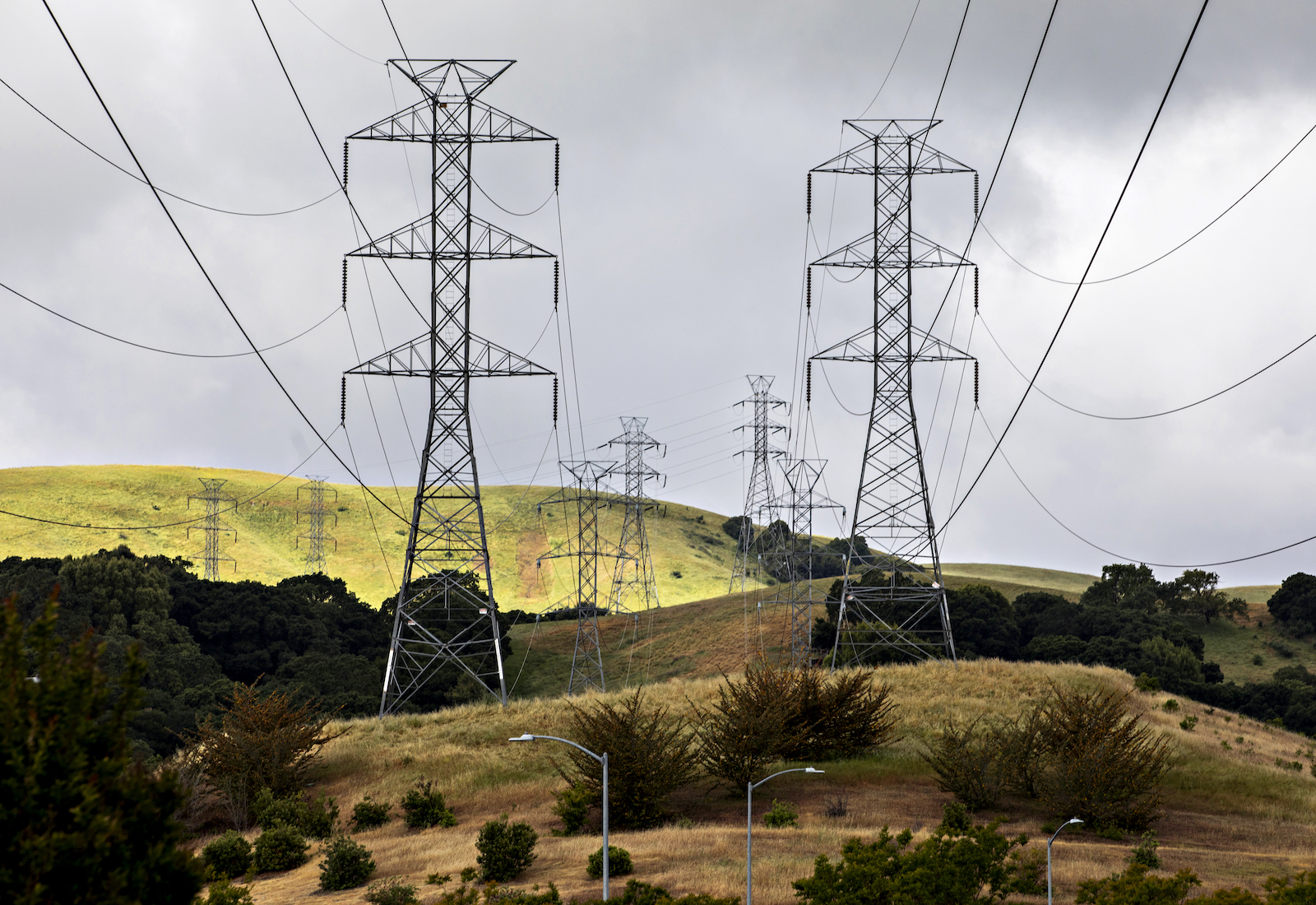American electric utilities often talk a good game when it comes to climate change. But many are working to keep the country hooked on fossil fuels.
A new report from the London-based think tank InfluenceMap finds that nearly half of the U.S.’s 25 largest investor-owned power utilities are working to delay the transition away from coal, oil, and gas — whether through direct lobbying at the state or federal level, public messaging, or their funding of campaigns and political parties. The report brands 11 of the 25 utilities as “laggards” and links many of them to the absence of strong climate legislation in their home states.
Kendra Haven, U.S. program director for InfluenceMap and one of the report’s authors, said that electric utilities’ actions are obstructing urgently needed progress toward the country’s climate targets. In 2019, power generation accounted for 25 percent of the U.S.’s climate pollution. Decarbonizing the sector “needs to happen to meet the U.S.’s contribution to the Paris Agreement,” Haven told Grist.
To gauge each utility’s stance on climate action and its impact on state and federal policy, Haven and her coauthors combed through hundreds of publicly available documents and recordings, ranging from social media posts to testimonials given at state hearings. Although four utilities — including Edison International and PG&E, both headquartered in California — were broadly supportive of state and federal climate policy, the majority showed either “mixed” or “negative” engagement. Their tactics included directly appealing to policymakers to keep fossil fuels as part of their states’ energy mixes and threatening legal action against cities’ proposed renewable energy standards. Many utilities have also mounted astroturf campaigns — corporate-backed efforts that create the appearance of grassroots public support — to cast fossil fuels in a positive light.
Among the worst utilities named in the report were CenterPoint Energy in Texas, Southern Company in Georgia, and FirstEnergy Corporation in Ohio, all of which have recently worked to undermine climate policy at the state and federal level. Last year, for example, CenterPoint Energy and Southern Company both supported state bills to prevent cities from banning gas appliances in new buildings. Other utilities, like the California-based Sempra Energy, have advocated at the city and county level against municipal building electrification proposals. One reason for this opposition may be that many of the power utilities named in the report also have natural gas distribution arms that deliver gas directly to customers for heating and cooking.
In their opposition to climate policy, Haven said that utilities used talking points about natural gas’s affordability and cost effectiveness, or called it a “clean” fuel even though it is associated with large leaks of methane, a powerful greenhouse gas. While advocating for expanded natural gas infrastructure, few utilities detailed plans to mitigate methane leaks, introduce carbon capture, or simultaneously ramp up renewable energy sources.
There are also more indirect ways that utilities may influence energy policy, like through membership in trade groups. Twenty of the utilities analyzed by InfluenceMap are members of the American Gas Association, for example, which has lobbied aggressively against state and federal climate policy. Eleven are members of the U.S. Chamber of Commerce, another group that is broadly hostile to emissions reduction plans recommended by the United Nations. InfluenceMap emphasized that it was only able to report on publicly available lobbying activities — the tip of a metaphorical iceberg that may include undisclosed links to advocacy groups, undisclosed political donations, and private meetings.

Of the 11 “laggard” utilities to which Grist sent requests for comment, eight responded in time for publication. FirstEnergy, Ohio-based American Electric Power, Wisconsin-based WEC Energy Group, North Carolina-based Duke Energy, and Louisiana-based Entergy Corporation claimed to be moving toward a clean energy future and highlighted their companies’ public climate strategies, which include plans for new solar and wind installations. CenterPoint Energy highlighted its goal of reducing emissions associated with customers’ use of natural gas at least 20 percent by 2035. WEC defended its membership in trade groups, saying they helped “shape a collective voice with policymakers,” while Duke said that it may not agree with its trade organizations in every area but that they helped facilitate constructive discussions. Missouri-based Ameren sent Grist a slideshow highlighting its high ratings on environmental, social, and government metrics and “political disclosure and accountability,” as well as a graph projecting it would achieve net-zero greenhouse gas emissions by 2050. Southern Company declined to comment.
Joe Smyth, a research and communications manager for the watchdog Energy and Policy Institute who was not involved with the InfluenceMap analysis, praised the report for highlighting utilities’ outsize influence over state policy. Because utilities often count among the biggest companies operating in their home states, he said, “their ability to sway a state’s energy policy is enormous” — for better or for worse. Indeed, although it is virtually impossible to prove causation, the report shows a strong correlation between climate obstruction from states’ largest investor-owned utilities and the absence of climate policy in those states.
“If you have utilities that say they’re committed to keeping their coal plants online or to oppose net metering or other renewable energy policies that threaten their business model, that can entirely influence how the state approaches energy policy,” Smyth said. (Net metering is a practice that compensates homeowners for the electricity that their rooftop solar panels add to the grid.) On the other hand, he added that utilities that are vocal about the benefits of a renewable energy transition can also sway policy debates.
Another beacon of light is increasing pressure from investors for utilities to align their business models with U.S. and international climate goals. In October, a coalition of investor groups called Climate Action 100+ began pressuring the world’s largest utilities — including several that are named in the InfluenceMap report — to decarbonize by 2035. Smyth argued that as other investors mount similar efforts, their calls will be difficult to ignore.
“The universe of institutional investors that are thinking about this and putting at least some level of pressure on the companies that they own is very large,” he said. “They’re not as engaged with the utilities as they should be … but at least it’s happening.”



